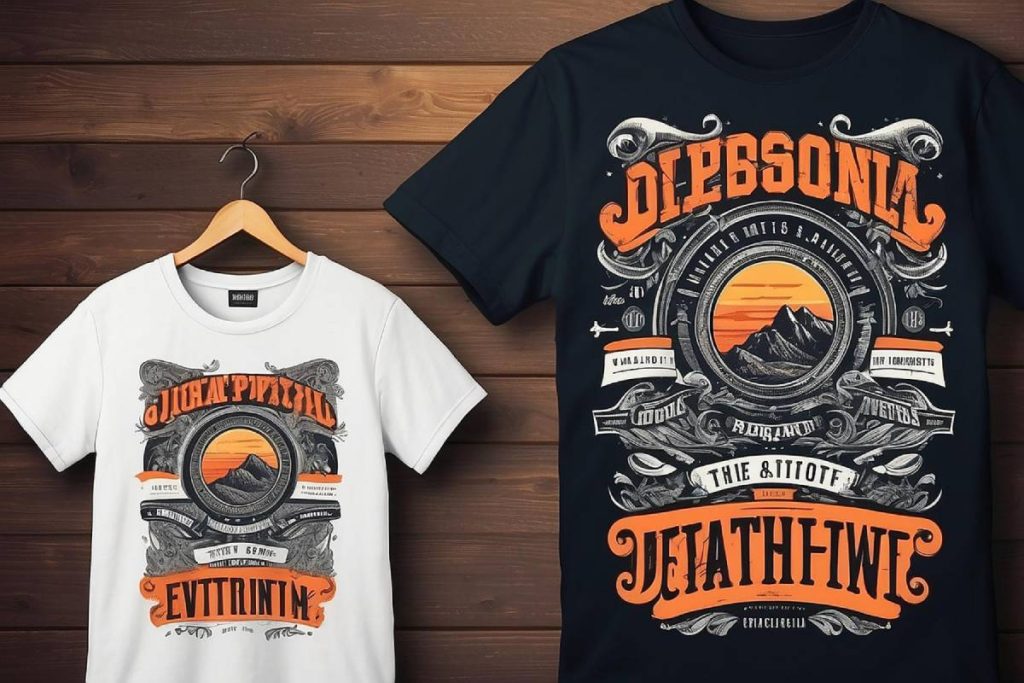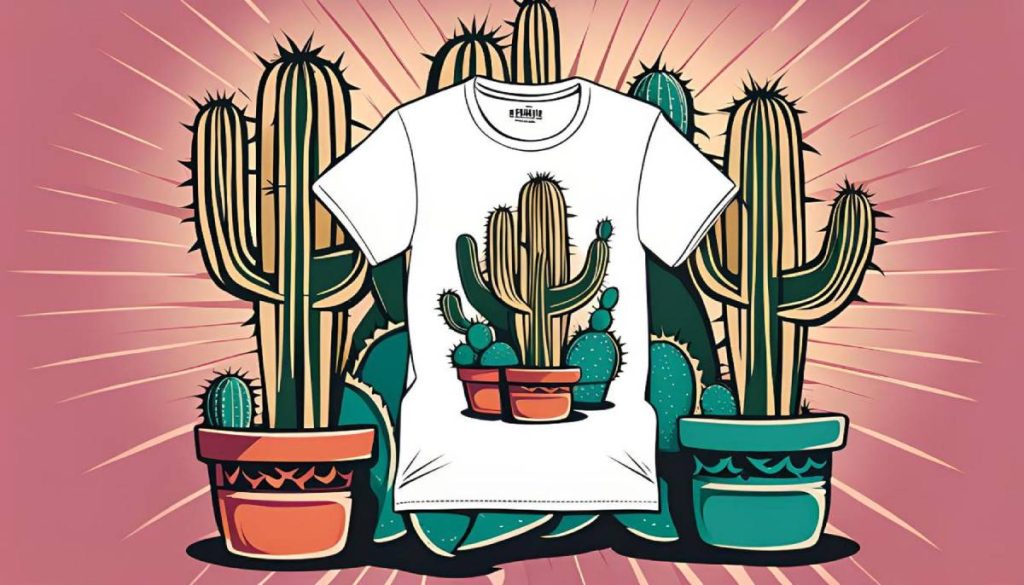The DTF Gangsheet Builder is a revolutionary tool in the realm of Direct to Film (DTF) printing, enabling users to create high-quality, scalable designs with incredible ease. As the DTF printing process gains traction among artists and businesses alike, mastering effective strategies begins with understanding the DTF Gangsheet Builder. Here, we delve into essential DTF printing tips that will enhance your printing quality and efficiency. From optimizing gangsheet design to ensuring the right DPI for DTF, each element plays a critical role in your success. Join us as we explore how to leverage this innovative tool to take your printing projects to the next level.
The DTF Gangsheet Builder serves as a pivotal element in the Direct to Film printing landscape, allowing creators to seamlessly assemble multiple designs on a single sheet. By exploring various aspects of gangsheet design and incorporating best practices, users can achieve remarkable results in printing. Understanding the nuances of the DTF process, including optimal DPI settings and ink choices, is crucial. This guide will walk you through tailored tips for maximizing your use of the gangsheet builder effectively. Whether you’re a seasoned printer or new to the DTF adventure, enhancing your workflow starts here.
Mastering DTF Printing Tips for Beginners
When diving into the world of Direct to Film (DTF) printing, it’s crucial to arm yourself with solid DTF printing tips that can aid in producing superior results. For beginners, understanding the significance of having high-resolution designs is paramount. Prints created from images set at 300 DPI will yield sharp details, preventing any blurriness and ensuring that your artwork truly shines. Additionally, keeping your designs within the accepted file formats, like PNG or TIFF, will streamline the printing process and minimize technical issues.
Beyond resolution, understanding color profiles plays a critical role in DTF printing. Opting for the CMYK color space is essential for achieving accurate color representation on your prints. This is especially important when working with vibrant designs that need to capture the eye. Beginners should familiarize themselves with these fundamental aspects before progressing to more advanced techniques, allowing for smoother operations and more satisfying outcomes.
Effective Techniques for Using the DTF Gangsheet
Utilizing the DTF Gangsheet effectively can be a game changer in your printing workflow. This innovative tool allows you to consolidate multiple designs into a single print run, making it a highly efficient solution for bulk production. By grouping similar designs, not only can you save on ink costs, but you can also enhance the visual coherence of your project. Using strategies such as aligning color schemes and sizes will streamline your output and reduce waste significantly.
When utilizing the DTF Gangsheet, it’s also beneficial to harness the power of specialized templates that many suppliers offer. These templates simplify the artwork arrangement process, allowing users, especially those less experienced, to achieve a professional layout quickly. By employing these pre-made layouts, you can focus on creative aspects rather than getting bogged down by technical details.
Essential Tools for DTF Printing Success
The foundation of a successful DTF printing project lies in the careful selection of tools, specifically the film and ink used. It is essential to choose compatible products that work seamlessly with your DTF printer, as this can significantly affect print quality and durability. Using high-quality films and inks not only elevates the vibrancy of your prints but also improves their washability and longevity, making them more appealing to customers.
Investing in premium materials is crucial for those chasing professional results with their DTF prints. Low-quality alternatives may save money upfront but can ultimately lead to a host of issues, including fading colors, peeling designs, and poor overall quality. Understanding what products complement your specific DTF printer can help save time and resources as you strive for perfection.
Fine-Tuning Your Printing Settings for Optimal Results
Monitoring and fine-tuning your printing settings is critical for attaining consistent quality in DTF printing. Essential parameters to keep a close eye on include the machine’s temperature settings, pressure levels, and timing for heat pressing designs onto various materials. Each of these elements can drastically affect the end product, making it vital to understand their interactions.
Regularly calibrating your printer is another best practice to maintain impeccable color accuracy and output consistency. Time invested in calibration can save significant effort later by avoiding problematic prints and ensuring that each job runs smoothly, enhancing both production efficiency and overall satisfaction with the final product.
The Art of Experimentation in DTF Printing
One of the most exciting aspects of the DTF printing process is the opportunity for creative experimentation. By trying out different materials, print settings, and design combinations, you can uncover unique print outcomes that differentiate your work from competitors. The flexibility of DTF printing means you are not just limited to one style or method; embrace the potential to innovate!
Documenting your experimentation process is equally important. Keeping detailed notes on what designs and settings yield the best results allows you to streamline your workflow and replicate successful outcomes in future projects. This compilation of insights will not only improve production efficiency but also cultivate a sense of mastery over your craft.
Unlocking the Full Potential of DTF Printing
To truly unlock the full potential of DTF printing, it is crucial to embrace a holistic approach to the entire process. This means understanding every aspect, from design creation to choosing the right film and ink, to effectively using tools like the DTF Gangsheet Builder. By doing so, you position yourself to achieve remarkable, top-quality prints that capture your artistic vision.
Furthermore, continuous learning and adaptation will keep you on the cutting edge of DTF printing technology. Stay updated with the latest industry trends, materials, and techniques, as this field is always evolving. Being proactive in enhancing your skills and knowledge will not only improve your prints but also create exciting new opportunities for your business.
Frequently Asked Questions
What are the best DTF printing tips for using the DTF Gangsheet Builder?
To optimize your use of the DTF Gangsheet Builder, focus on understanding design requirements like using the correct file formats, maintaining a resolution of at least 300 DPI, and using CMYK color profiles. This foundational knowledge enhances your print quality.
How can I optimize artwork layout with the DTF Gangsheet Builder?
When using the DTF Gangsheet Builder, group similar colors and sizes to minimize ink waste. Utilizing pre-made templates can also streamline your layout process, saving time and ensuring a harmonious design.
What DPI is recommended for designs when using the DTF Gangsheet Builder?
For optimal results with the DTF Gangsheet Builder, it’s essential to set your designs at a resolution of at least 300 DPI. This high resolution ensures that your prints are crisp and detailed, enhancing overall quality.
What should I consider when selecting film and ink for DTF printing?
When using the DTF Gangsheet Builder, choose compatible films and inks specific to your DTF printer. Prioritizing high-quality materials will result in improved durability, washability, and vibrant print quality.
What printing settings should I monitor for effective DTF printing?
While using the DTF Gangsheet Builder, pay attention to settings like temperature, time, and pressure during heat pressing. Regular calibration of your printer also helps maintain consistency in print quality.
How can experimentation benefit my DTF printing process?
Experimenting with different designs and materials while using the DTF Gangsheet Builder can lead to unique prints. Documenting your methods helps refine your process, improving efficiency and results in future projects.
| Tip | Description |
|---|---|
| 1. Understanding the Design Requirements | Familiarize yourself with file formats (PNG, TIFF), ensure 300 DPI resolution, and use CMYK color profiles. |
| 2. Optimizing Your Artwork Layout | Group similar colors to minimize ink waste, and utilize templates for efficiency in design arrangement. |
| 3. Selecting the Right Film and Ink | Choose compatible, high-quality film and inks to improve durability and print quality. |
| 4. Monitoring Printing Settings | Adjust temperature, time, and pressure settings appropriately; regularly calibrate your printer. |
| 5. Experimenting and Keeping Records | Experiment with various designs and settings, and keep detailed records of successful methods. |
Summary
DTF Gangsheet Builder is an essential tool for those looking to excel in DTF printing, and following these five tips will significantly enhance your printing quality and efficiency. By understanding the design requirements clearly, optimizing your artwork layout properly, selecting the right film and ink products carefully, monitoring your printing settings diligently, and embracing experimentation while keeping detailed records, you will ensure that your prints not only meet but exceed expectations. Implementing these practices will take your DTF printing projects to higher levels of quality and creativity.



